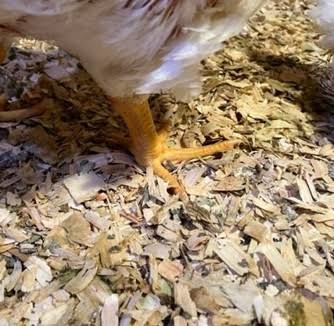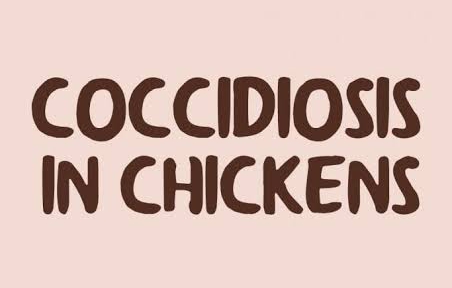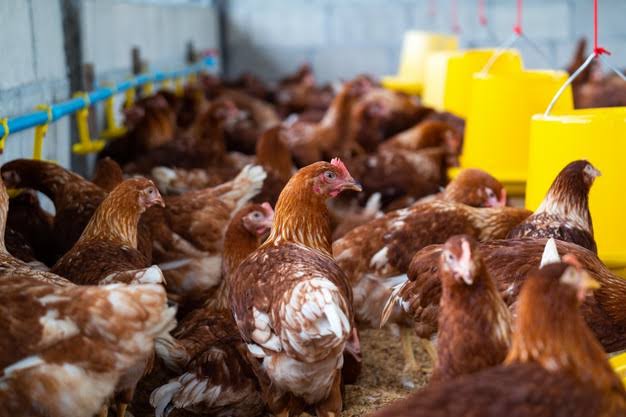The following factors are to be considered before starting a poultry farm:
1. Housing system
This is a very important factor you need to put into consideration, no matter the number of birds you are keeping the housing can make or destroy your success in poultry farming.
If you have successfully worked on the housing system more than 40% of problems have been solved. I have met some farmers who have poorly constructed houses. Some poultry diseases are as a result of poor housing. Ensure that you source for the services of a good poultry house mason. Note that housing is the second most expensive of the poultry venture after feeds.
2. Feed and feeding
You need to map out a feasibility studies on poultry farming before you kick-start anything this will go a long way to help you achieve your goals and succeed, feeds and feeding carries larger part of the expenses in a poultry farm and adequate plan towards feeding can help make the journey easier. You can choose either to produce your own feeds yourself or buy various stages feeds from feed mills. Proper feeding makes the birds grow well and to a larger extend their health is secured. Making your own feeds can cut the cost of production by 50%. New farmers should not make their own feeds until they break-even. Remember feed making increases the cost of raw materials as you will have to buy machineries like feed grinder/hammer mill and feed mixer which are very expensive. Farmers with over 500 birds can make their own feeds as this will prove economical.
3. Record keeping
This is another very important factor in poultry system management. A proper record keeping can foster your poultry business development, record keeping will help you determine your success and failures, flaws and where amendment is needed, keep a proper record for your poultry farm in order to increase your production level always. Some farmers don’t even know how many birds they have or the mortality level in their flock. I have been to some farms where a farmer requests me to count the birds for him/her during vaccination or debeaking because of poor records.
4. Changes and differences
You need to be sensitive to changes and differences in your poultry farm,
which includes the growth, feeding, their droppings, the laying capacities, number of birds, sound amongst others.
This will help you as a farmer to be sensitive to changes in the system. For instances: when layers are about to start laying, they makes a lot of noise, feeding rate and body weight increases, and sometimes when there is disease outbreak you can quickly take note of this happenings by their droppings, if it changes from what it use to be when they are healthy then something is wrong, you can call on your vet doctor for inspection. Be sensitive to regular changes in your poultry farm always.
5. Types of birds
This is another important factor you should consider in a poultry farming business what are the types of birds you want to raise? Chicken? (Layers or Broilers as applicable to other birds) Turkey? Goose? Duck? You should source for quality chicks from breeders. First generation chicks are the best. Only source chicks from reputable breeders.
6. Areas of concentration
This is a very important factor to consider in a poultry farming business. Do you want to keep them for: Egg production, meat production, breeding (hatching of
eggs into chicks), feed processing and production, packaging of poultry products, marketing and lots more?
7. Capital
Capital is one of the major factor that determine what happens and what goes on in the system. Capital is the fund (total amount of money you are investing into a business) the main reason why poultry needs enough fund is that you can’t be managing poultry birds you have to provide the best for them in order for you to get the required products at the end of your production.
8. Poultry Equipments and facilities
It is very important to get adequate equipment ready and set before starting a poultry farm so that you don’t get stocked on the way. Some of the necessary equipments includes:
-Feeders
-Drinkers
-Egg trays
-Heat source
-Waste disposal
-Incubator
-Culling cage/ Sick bay (for keeping sick birds)
-Clean water
-Feeds and so on.
9. Poultry location
Should be in a place the smell can not affect people living around them and disposal of waste is easy, actually you can run a poultry farm at home as well in your backyard but in a situation where you are considering thousands of birds, try and locate the house in an environment with less population of people and settlement so that you can run your business without any interference and disturbance.
When all the above factors are looked into then farmers will be successful at farming. We will no longer take poultry farming as a hobby but as a serious venture just as real estate and other serious business.
Connect with other farmers and get yourself updated by clicking Here to join our WhatsApp group








